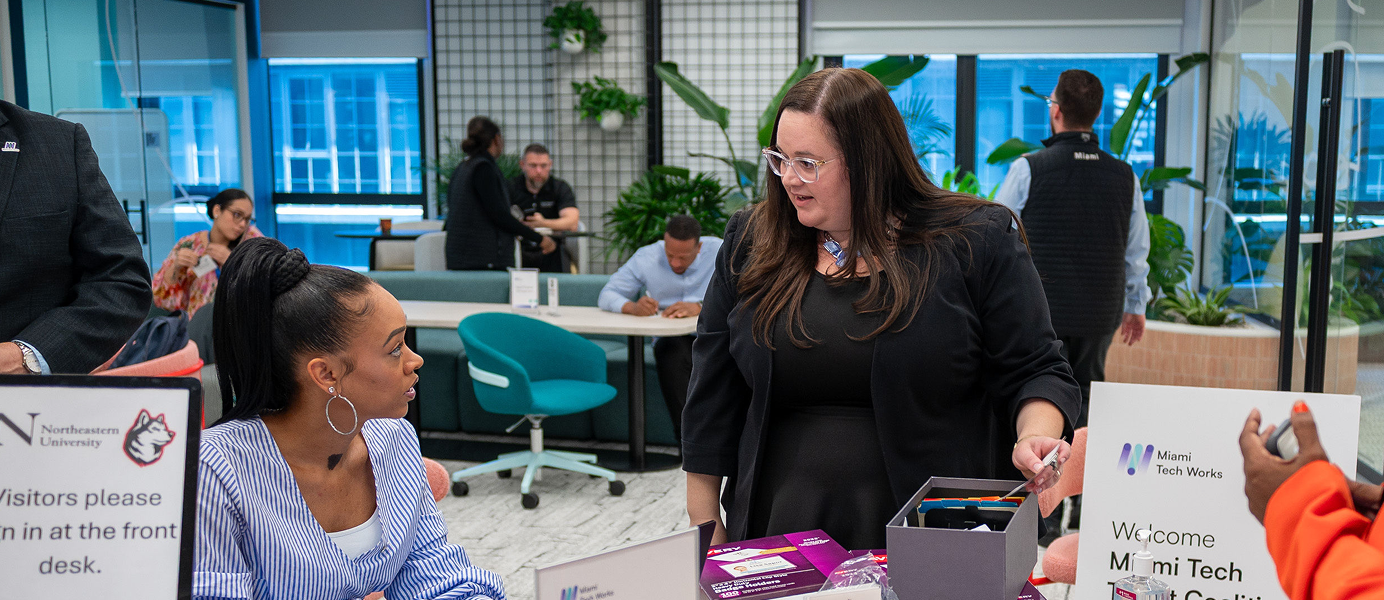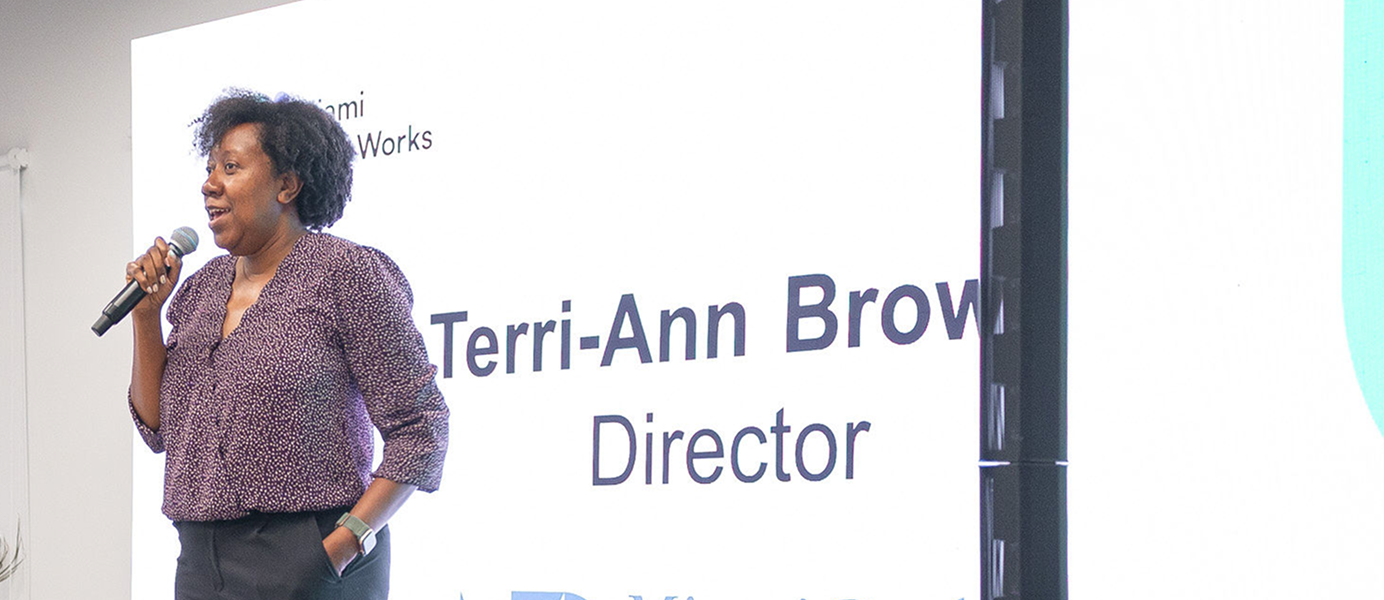
Cost-Effective Hiring Solutions


Small tech businesses often struggle with hiring due to limited budgets and high turnover. Micro-internships and trainee programs offer a cost-effective, low-risk way to evaluate talent. Explore how to implement these strategies to enhance your talent acquisition process effectively.

Micro-internships are short-term, project-based roles lasting two to eight weeks. Often remote and part-time, they offer flexibility for both businesses and interns. Companies can use them to complete tasks like market research or digital marketing without long-term commitments.
Trainee programs are more structured and typically last three to six months. They include onboarding and development opportunities to prepare individuals for potential full-time roles. The focus is on long-term growth and integration into the company.
Both approaches let businesses assess candidates in real-world settings. This assessment helps reduce hiring risks and builds a pipeline of qualified, pre-vetted talent.

Micro-internships and trainee programs offer small businesses a cost-effective way to pay for specific project outcomes. This results-driven, short-term model helps manage tight budgets without losing productivity. It’s a practical hiring approach for today’s small business challenges.
These programs also provide access to diverse talent, from students to career switchers, bringing fresh ideas and energy. This diversity can spark innovation and create a more dynamic workplace. It’s a chance to grow both your team and your ideas.
Most importantly, micro-internships reduce hiring risks by allowing employers to evaluate skills and cultural fit before making long-term commitments. This flexibility helps teams scale for seasonal or special projects. It makes adapting to changing demands easier while building a talent pipeline.

To maximize micro-internships, small businesses should create impactful yet manageable roles. Identify short-term projects that address real needs, like content creation or market research. Clearly define each project with specific outcomes and timelines to keep everyone aligned.
A detailed, outcome-based project brief is helpful. It should include objectives, deliverables, deadlines, and required skills to keep interns focused and productive. Targeting specific skills also increases the chance of finding the right candidate.
Assign a dedicated point person to support the intern. This person guides, answers questions, and reviews progress to ensure quality and alignment. With proper planning and oversight, micro-internships meet immediate needs while building future talent pipelines.
Small businesses should align a trainee program with company goals and trainees' development needs to get the most out of it. Identify key areas where support is needed to ensure the program addresses immediate challenges and long-term objectives. A simple roadmap with phases like onboarding, skill-building, and practical application keeps the program focused and effective. Weekly goals and regular check-ins help track progress and allow for timely adjustments.
Assigning a mentor or supervisor is critical to guide trainees with direction, support, and constructive feedback. This relationship fosters a positive environment where trainees feel motivated, valued, and aligned with project goals. Mentors also help reinforce company culture and expectations. A supportive structure accelerates learning and builds confidence.
Make sure the program includes real tasks that contribute meaningfully to the business. Hands-on experience allows trainees to apply skills, gain confidence, and demonstrate readiness for long-term roles. These tasks also provide measurable outcomes for performance evaluation. With clear goals, strong mentorship, and meaningful work, small businesses can build a reliable pipeline of skilled future employees.
Small companies should start by connecting with local colleges and universities to source candidates for micro-internships and trainee programs. Career centers often serve as a bridge between students and internship opportunities, providing access to a pool of eager, developing talent. Building relationships with these institutions can create a steady recruitment pipeline.
Online platforms also offer valuable sourcing options. Websites like Parker Dewey specialize in micro-internships, while others like Handshake connect businesses with students and recent graduates. These platforms help expand your reach beyond your immediate network and make it easier to find qualified candidates quickly.
Workforce development programs and community organizations can be strong partners in identifying motivated individuals with relevant skills. These groups often focus on training and job placement, aligning well with your hiring goals. Don’t overlook the power of referrals—interns who’ve had a positive experience may recommend your program to their peers, helping you attract even more high-quality candidates.




Micro-internships and trainee programs aim to develop a talent pipeline for long-term hiring. Conduct performance reviews to assess interns’ readiness for part-time or full-time roles, focusing on work quality, cultural fit, and growth potential.
Gather feedback from team members who worked with the intern to gain a comprehensive view of their performance and integration into the company culture. This feedback is crucial for making informed hiring decisions.
If a permanent position isn’t available, support the intern’s career development through references, portfolio assistance, or entering them in a talent pool for future opportunities. Interns who have proven their value are often more adaptable and quicker to onboard than external hires.
While micro-internships and trainee programs offer great benefits, vague project scopes and unclear roles can quickly derail progress. Confusion and wasted time often result from poorly defined objectives. To avoid this uncertainty, ensure each project includes specific goals, timelines, and deliverables. A clear brief sets everyone up for success.
Once you onboard interns, consistently communicate with them. Regular check-ins and feedback sessions keep them engaged and aligned with your goals. Ignoring them can lead to disengagement and missed learning opportunities. Treat them as valuable contributors from day one.
It's also helpful to set realistic expectations. Short-term or part-time interns aren’t full-time employees, so expecting the same output can lead to burnout. Aim for meaningful, manageable tasks that add value without overwhelming them. Remember, these programs should benefit both your business and the intern, not serve as unpaid labor or charity.

Micro-internships and trainee programs aren’t just affordable—they’re strategic tools that help small businesses build scalable, future-ready talent pipelines. Instead of over hiring too fast, pilot just one role next quarter and see the impact for yourself. Use our simple checklist or downloadable template to scope a well-defined, outcome-based micro-internship that delivers real value. Ready to explore cost-effective hiring solutions that grow with your business? Connect with us at Miami Tech Works to get started.


